Malic Acid Supplier
When used as an acidity regulator, Malic acid is denoted by E number E296. It’s an organic acid naturally occurring in a variety of fruits, notably apples and is also synthetically produced for its application as a food additive.
NIRAN Biochemical offers high-quality DL-Malic acid and L-Malic acid powder.
- White crystalline powder or granules
- Natural & synthetic options
- FCC standard
- 2 Years shelf life
We also provide you with complete wholesale solutions to save you time, effort, and money in purchasing.
TYPES OF MALIC ACID
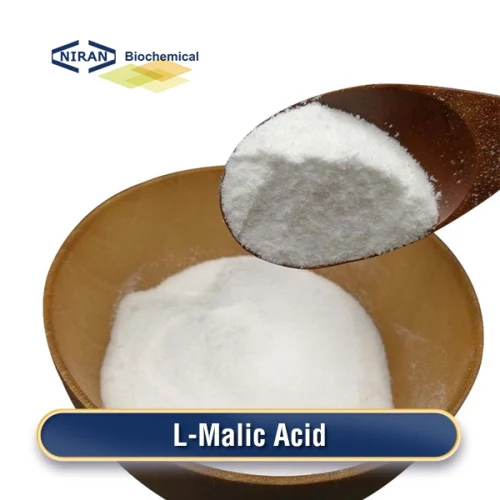
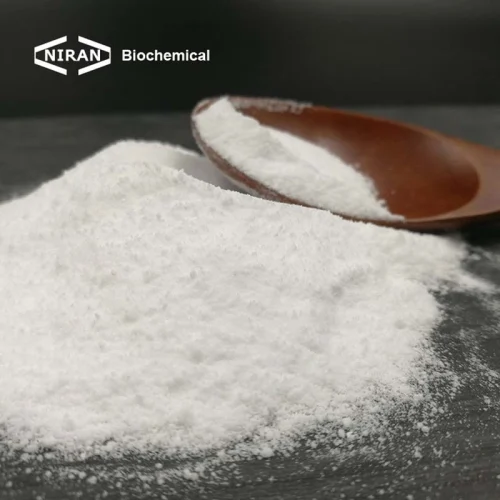
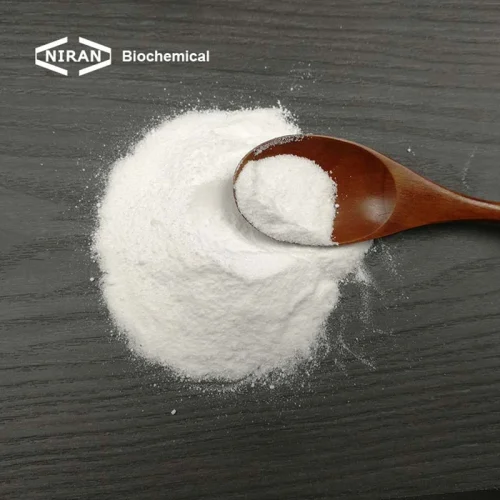
L-Malic Acid
- Formula: C₄H₆O₅
- CAS Number: 97-67-6
- Isomer Composition: L-malic acid contains only the L-isomer.
- Source: L-malic acid is a naturally occurring organic compound found in various fruits, particularly apples.
- Production:It is produced through the hydration of fumaric acid or fermentation processes using specific microorganisms.
- Food Industry Applications: As a natural acidulant, it enhances flavor in beverages, candies, and baked goods. It can also acts as a preservative, controlling the pH level and extending shelf life.
DL-Malic Acid
- Formula: C₄H₆O₅
- CAS Number: 617-48-1; 6915-15-7
- Isomer Composition: DL-Malic acid contains both D- and L-isomers in equal proportions
- Source: DL-Malic acid is a racemic mixture containing equal parts of D- and L-isomers of malic acid.
- Production: It is synthesized through chemical means, often by hydration of maleic anhydride.
- Food Industry Applications: Similar to L-Malic acid, it serves as an acidulant in various food products, including beverages, confectioneries, and preserves. It enhances flavors and acts as a pH regulator.
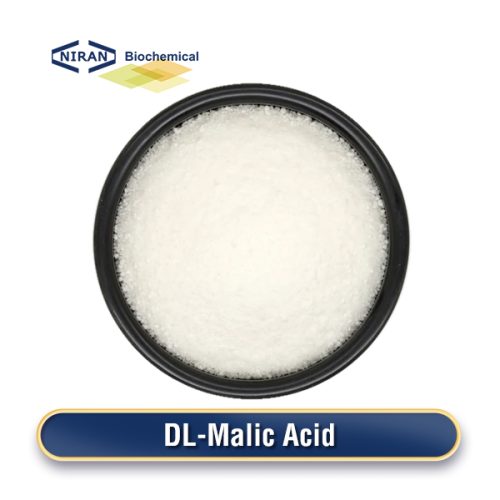
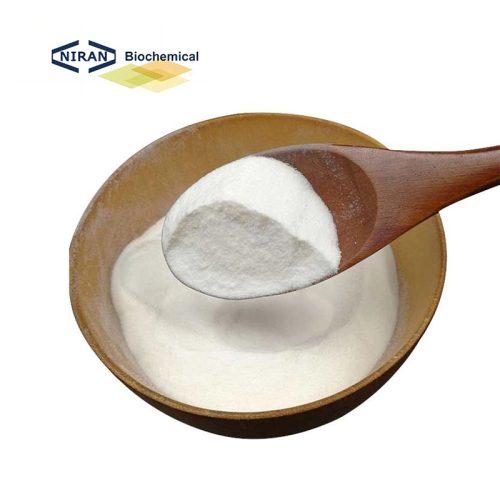
FUNCTIONS OF MALIC ACID
Malic acid serves several functions in food and beverage industries, and contributes to flavor enhancement, preservation, texture modification, and pH regulation, particularly in the food and beverage sector.

-
Flavor Enhancer
Malic acid enhances the taste of foods and beverages by providing a tart and sour flavor, enriching their overall flavor profile. It's commonly used in sour candies, fruit-flavored drinks, and certain snacks. -
Acidulant
As an acidulant, malic acid helps adjust the acidity levels of food products. It's added to acidic foods like canned fruits, salad dressings, and dairy products to improve taste and extend shelf life. -
Preservative
E296 exhibits some preservative properties, inhibiting the growth of microorganisms and oxidation in certain foods. It's used in sauces, jams, and canned goods to prolong shelf life.

-
pH Regulator
It serves as a pH regulator for food and beverage items, adjusting their acidity levels as needed. And it helps achieve the desired acidity levels for flavor balance and product stability. -
Texture Modifier
In some food applications, malic acid can alter texture and mouthfeel. It's used in gelatin desserts, gummies, and fruit fillings to enhance texture and create a more enjoyable eating experience. -
Natural Ingredient
It is considered a natural ingredient, making it popular in clean-label products. It's often used in natural and organic food formulations as a flavoring and acidifying agent.
FAQs
What is malic acid?
It occurs naturally as an organic acid in fruits, especially apples, and is recognized for its tangy flavor. It's frequently employed as a food additive.
What foods contain malic acid?
It is naturally present in various fruits, including apples, cherries, and grapes. It is present in smaller amounts in additional fruits and vegetables.
What is malic acid used for?
It has several uses, including flavor enhancement in foods and beverages, acidity regulation, pH adjustment, and preservation. Additionally, it finds application in personal care items and pharmaceutical formulations.
Is malic acid vegan?
Yes, malic acid (E296) is typically vegan as it is derived from plant-based sources, particularly fruits.
Does malic acid have any health benefits?
It is thought to offer potential health advantages, including encouraging saliva production, aiding digestion, and enhancing oral health. Nevertheless, further research is required to comprehensively grasp its health impacts.
Can malic acid be used in cooking?
Yes, it can be used in cooking and baking to add tartness to dishes. It's commonly used in recipes for sauces, dressings, marinades, and desserts.
Can malic acid be used as a cleaning agent?
Indeed, the chelating characteristics of malic acid contribute to its effectiveness in eliminating mineral deposits, scale, and rust from various surfaces. It's used in household cleaning products like descalers for coffee makers and dishwashers.
Where can I find malic acid?
Malic acid is available as a food additive and can be found in grocery stores, specialty food stores, and online retailers. Additionally, it is utilized in a diverse array of products, spanning from foods and beverages to personal care items and cleaning products.
